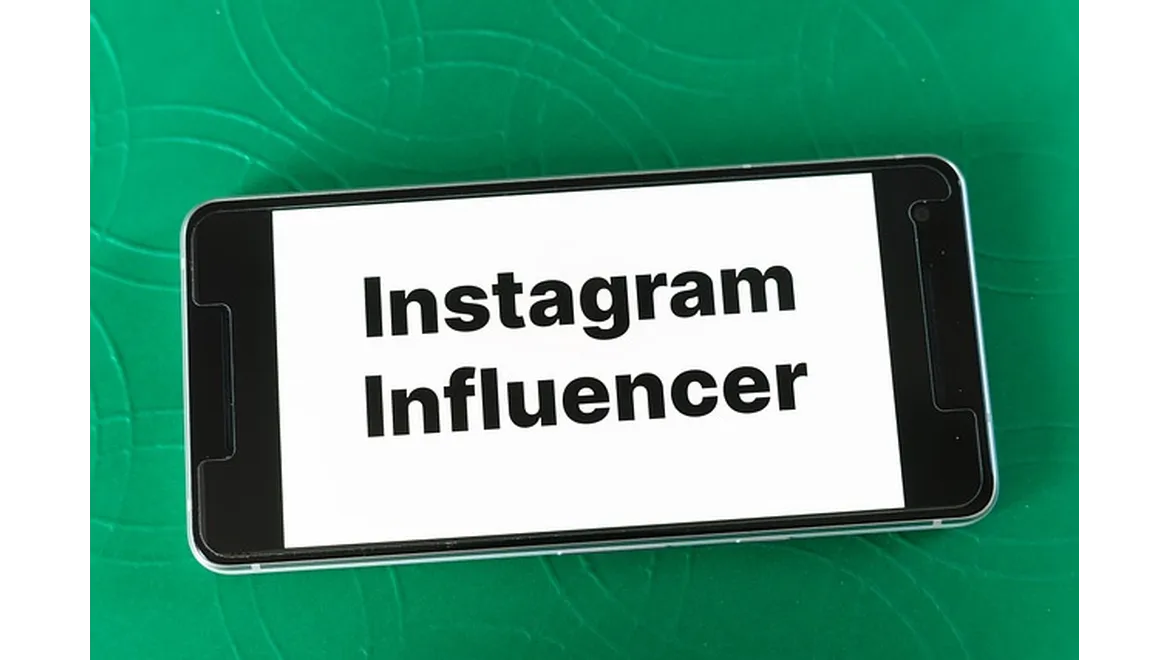I had a fascinating chat with Declan the other day about something I’ve been diving deep into lately: building a sustainable influencer strategy for token launches. You see, I’m convinced that the old model of just throwing money at influencers for a quick pump and dump is dead. It’s all about fostering long-term community engagement now. Declan, who’s been involved in a couple of successful (and a few not-so-successful) token launches, had some really insightful experiences to share.
“Look,” he started, leaning back in his chair, “the problem with most launches is they treat influencers like billboards. They pay them, they shout, and then… nothing. The hype dies down, and you’re left with a bunch of disillusioned holders and a token that’s bleeding value.” That really resonated with me. It’s a short-sighted approach that completely misses the point of what influencers should be: authentic voices within your community.
So, we started discussing how to move past this transactional relationship and build something more meaningful. The first point was establishing clear values. Define Your Core Values: Before you even think about reaching out to influencers, you need a crystal-clear understanding of your project’s core values. What are you trying to achieve? What principles guide your development? What kind of community do you want to foster? This isn’t just marketing fluff; it’s the bedrock of your entire influencer strategy. If your values are fuzzy, you’ll attract influencers who are just in it for the money, and that’s a recipe for disaster.
Next, we talked about finding the right influencers. Not just the ones with the biggest follower counts, but the ones whose audience aligns with your project’s values and who genuinely understand (and ideally, believe in) what you’re building. “It’s about authenticity,” Declan emphasised. “People can smell a fake a mile away. Find influencers who are passionate about your niche, even if they’re not the biggest names. Their engagement will be far more valuable.”
Identifying Relevant Influencers: Instead of solely focusing on follower count, research influencers’ past content. Do they consistently promote similar projects? What kind of engagement do they get on their posts? Are their followers genuinely interested in the topics you’re covering? Look for influencers who are already having conversations relevant to your project. Tools like social listening platforms can help you identify these individuals. Focus on influencers with a strong track record of ethical promotion and genuine engagement.
But finding the right influencers is only half the battle. You also need to nurture those relationships. This means going beyond just sending them tokens. It means involving them in your community, giving them a voice, and making them feel like they’re part of something bigger. Fostering Genuine Relationships: Don’t treat influencers as mere marketing channels. Engage with their content, participate in their communities, and show them that you genuinely value their expertise. Instead of immediately pitching your project, start by building a rapport. Ask for their feedback on your whitepaper, invite them to participate in community discussions, and offer them exclusive access to upcoming features. This creates a foundation of trust and mutual respect.
Declan gave a great example: “We had one influencer who was really active in our Discord server. He wasn’t just shilling the token; he was answering questions, providing helpful advice, and generally being a valuable member of the community. People really respected him for that, and his endorsement carried a lot of weight.”
We then spoke about giving influencers a genuine voice. It might sound scary, but inviting influencers to take part in early testing and governance can be an excellent move. Involving Influencers in Development and Governance: This is where things get really interesting. Consider involving key influencers in beta testing programs, community feedback sessions, and even DAO governance. This gives them a real stake in the project’s success and encourages them to become active contributors. By empowering influencers to shape the future of the token, you’re fostering a sense of ownership and loyalty that goes far beyond a simple paid promotion.
Declan mentioned a recent project where they invited a small group of influencers to participate in their DAO. “It was amazing,” he said. “They brought fresh perspectives, challenged our assumptions, and helped us make better decisions. And because they were directly involved in the process, they became even more passionate about the project.”
Finally, we talked about measuring the real impact of your influencer strategy. Forget vanity metrics like follower counts and impressions. Focus on metrics that actually matter, such as community growth, token adoption, and long-term holder retention. Measuring Long-Term Impact: Don’t get caught up in vanity metrics like follower count and impressions. Focus on measuring the long-term impact of your influencer strategy. Track metrics like community growth, token adoption, trading volume, and holder retention. Monitor sentiment analysis to gauge the overall perception of your project. Use these insights to refine your strategy and ensure that you’re focusing on influencers who are genuinely driving value for your community. This requires thinking more broadly and shifting the focus from just the marketing to how the influencer is contributing to the token itself.
Declan summed it up perfectly: “It’s not about how much noise you make; it’s about how much value you create.” And that, I think, is the key to building a sustainable influencer strategy that actually works.
